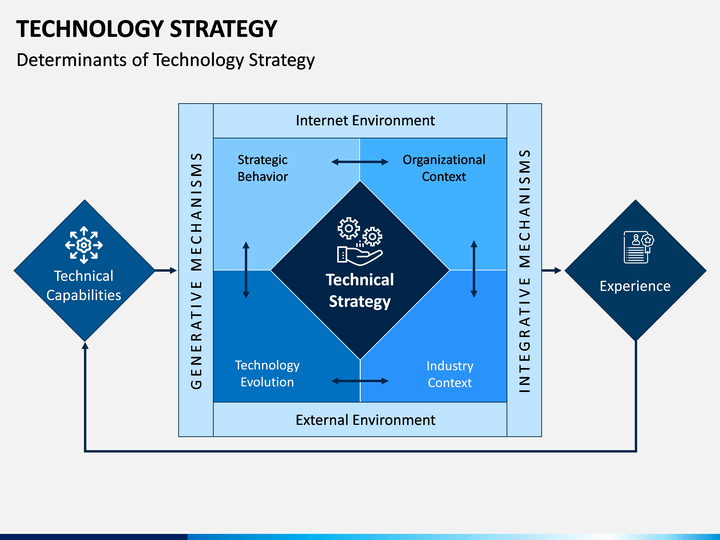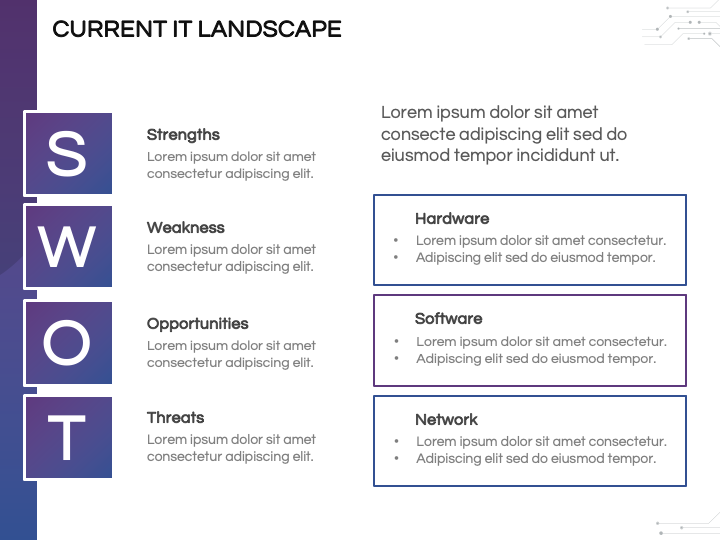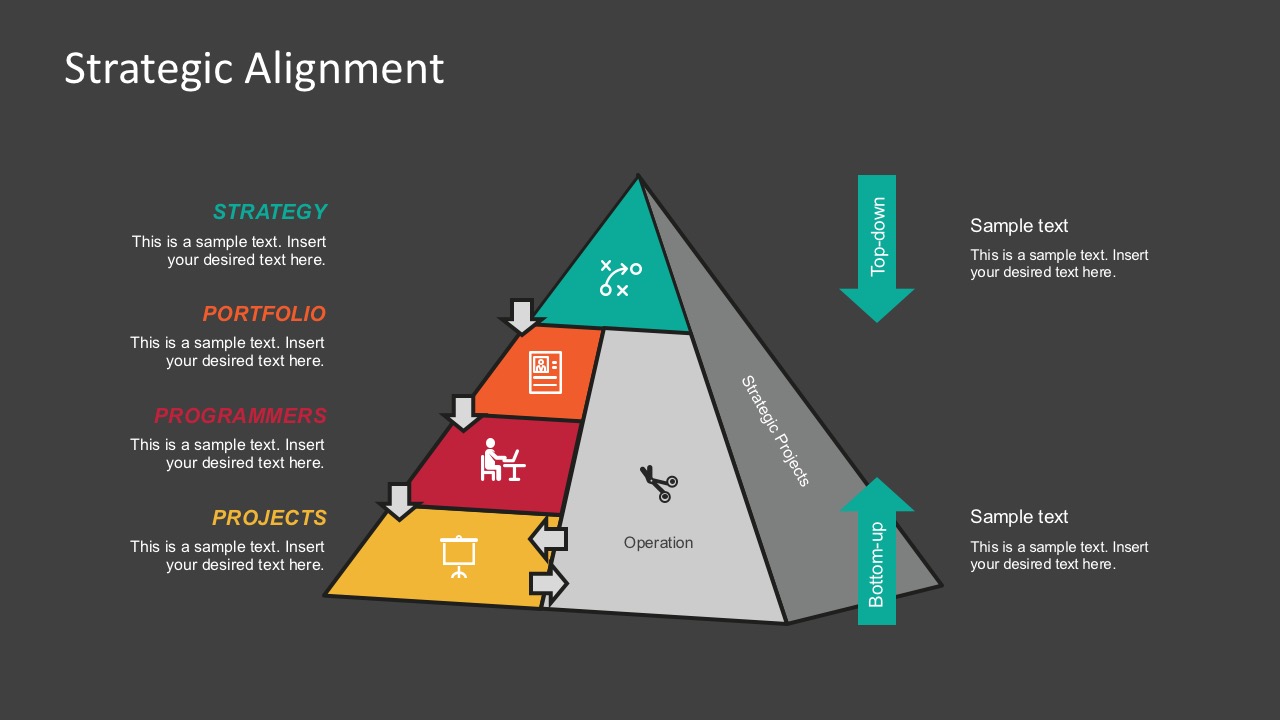


There is low risk involved with this product pricing strategy.Įvolves with the market: It has the ability to evolve with the market since you can simply change your prices as you notice the market changing around you. Low risk: Since your prices will be similar to your competitors, customers won’t be thrown off guard. But, you don’t have to survey or research customers-it’s strictly competition-focused. It does require researching your competitors and determining the average price. Pros of competitor-based pricingĮasy: Competitor-based pricing is not a laborious pricing strategy. It involves looking at market trends and aligning your product pricing accordingly. Customers know exactly what they are paying for and the value provided.Ĭompetitor-based pricing is a strategy that looks at your competitors’ pricing structure as the core benchmark for building your own strategy.
#2 by 2 pricing method map upgrade#
Then, as your company expands, you can upgrade to the next tier for a clearly defined price. The tier clearly states what’s available with this option. If you look at the first option, it’s free. With the help of Price Intelligently, Wistia has nearly doubled the number of new sales coming in because of its kickass product pricing strategy.Īs you can see, Wistia has clearly defined pricing tiers catered to different personas. Test it out before releasing to work out any kinks.

Test and review: Don’t blindly implement this strategy. Use the results to build pricing tiers.Ĥ. Analyze data to build tiers and bundle packages: Use the data collected to analyze the patterns, features, benefits, and price points among your various buyer personas. Buyer personas come into play here because you want to survey a specific target audience, or the results won’t mean much.ģ. Survey and talk to your customer base: Collect customer data by surveying customers on how much they would be willing to pay for your product and which features they value most. Define your buyer personas by thinking about their personal backgrounds, role in the company, daily challenges, expectations from leadership, etc.Ģ. Identify and analyze buyer personas: Think about who you envision purchasing your product and channel them.
#2 by 2 pricing method map how to#
How to calculateĭetermining your best value-based pricing strategy requires lots of qualitative and quantitative data. Not exact: Value-based pricing isn’t a calculation that leads you to a hard number. You’ll also need to pull as many resources as you can to conduct this research. It requires research, which is time consuming. Requires ample time and resources: Developing a value-based strategy is not simple, in all honesty. Since you’re closely conducting research based on your customers, you’ll grow more attentive to their needs-building trust and strengthening retention. Especially since subscriptions are all about relationships, you want customers to feel nurtured by your company. All customers want to feel as if their voices and concerns are accounted for. Prioritized customer service: Customer service takes center stage with this strategy. You can use your customer perspective and their perceived value of your product to continually improve and add features to your product when necessary. In doing so, you’ll develop higher-quality products because you’ll gain a deeper understanding of what potential customers want from your product. Then, as you continually add value to your product and create additional features, you can adjust product pricing accordingly.īacked by research: Since value-based pricing is backed by product research, it provides real data that undoubtedly forces into a profit-generating price.Ĭontinuous product improvement: Implementing a value-based pricing strategy means looking at your company from a customer perspective. Remember, willingness to pay is the maximum amount a customer is willing to pay for your product or service. Higher prices off the bat: You can set high prices from the get-go because you have the willingness to pay data to back it up. Pricing is the exchange rate on the value you provide, and value-based pricing is the only strategy that puts this sentiment into action.

If you’re in SaaS, value-based pricing is likely a great option. Value-based pricing is the best option for every company that has the time and resources to execute it well. Rather than looking at your company inwardly or laterally toward competitors, value-based pricing provides an outward look. Value-based pricing is basing a product or service’s price on how much the target consumers believe it is worth.


 0 kommentar(er)
0 kommentar(er)
